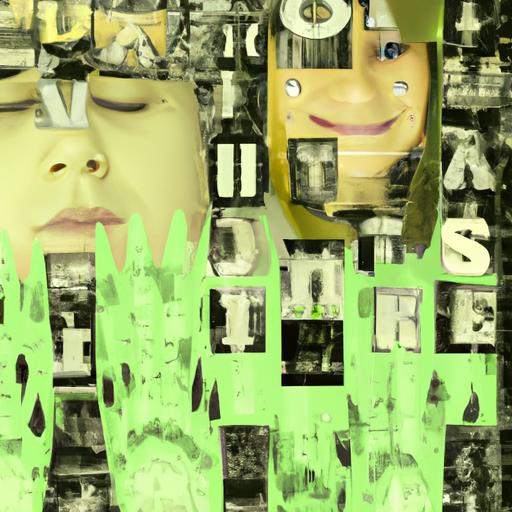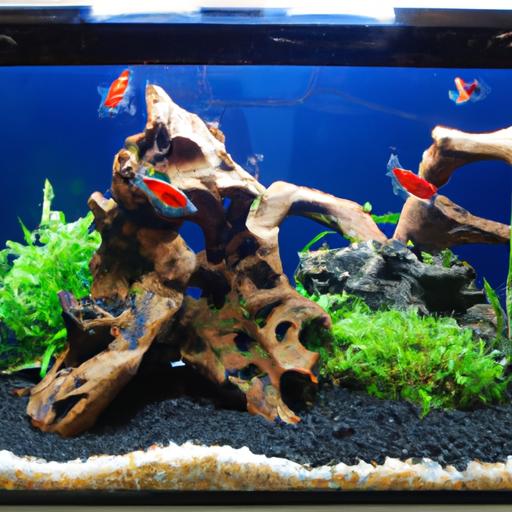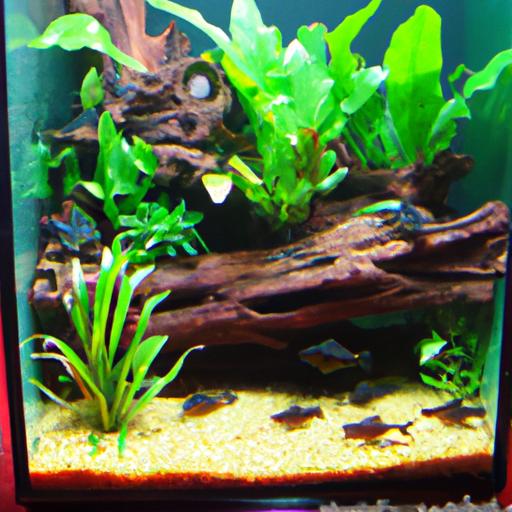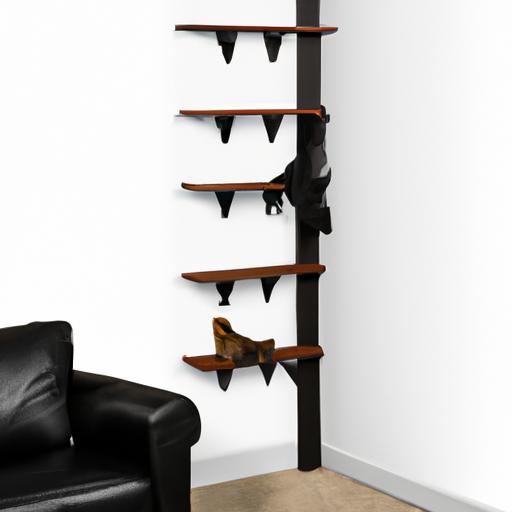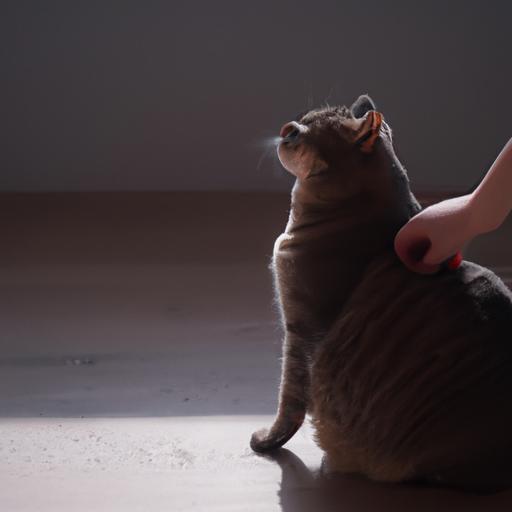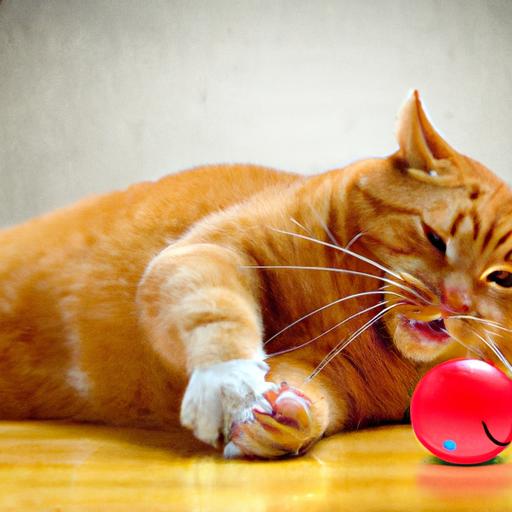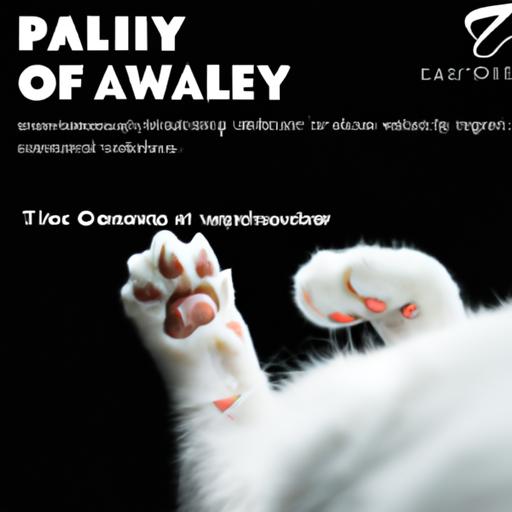
Cat Behavior: The Meaning of Tail Positions
Discover the secrets of cat behavior with our guide on “Cat Behavior: The Meaning of Tail Positions.” Understand what their tails reveal!
Understanding the Language of Your Feline Companion
Introduction
As cat owners, we often find ourselves marveling at the mysterious and complex behavior of our furry friends. Cats communicate in various ways, and one of the most intriguing aspects of their communication is through their tail positions. A cat’s tail can convey a wealth of information about their mood, intentions, and overall well-being. In this article, we will delve into the fascinating world of cat behavior and explore the meaning behind different tail positions. By understanding these subtle cues, we can deepen our bond with our feline companions and provide them with the care and attention they deserve.
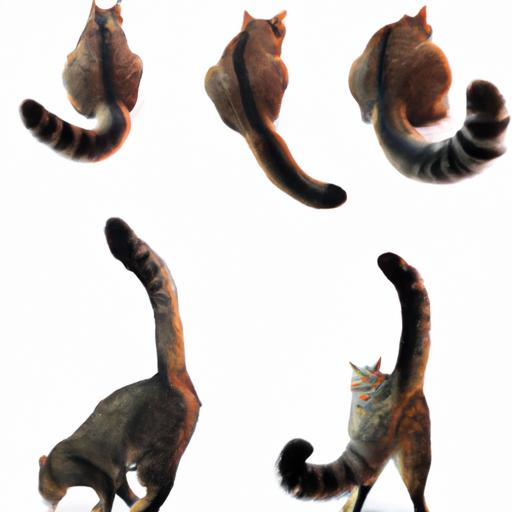
Understanding Cat Tail Positions
Cats possess an innate ability to express their emotions through their body language, and their tails play a crucial role in this communication. Let’s explore the different tail positions observed in cats and decipher their meanings:
1. High and Straight Tail Position
When a cat holds its tail high and straight, it is a sign of confidence and contentment. This tail position indicates that your feline friend is feeling secure in its environment and is open to social interaction. It is often accompanied by a relaxed body posture and a friendly demeanor. Understanding this positive tail position can help you gauge your cat’s overall happiness and well-being.
2. Low and Tucked Tail Position
On the contrary, a low and tucked tail position is a clear indication that your cat is feeling fearful, anxious, or threatened. When a cat tucks its tail between its legs, it is trying to protect itself and signal a need for space and reassurance. It is important to respect your cat’s boundaries in such situations and provide a calm and secure environment to help alleviate their anxiety.
3. Curved or Arched Tail Position
A curved or arched tail position is a versatile and often misunderstood expression of a cat’s mood. Depending on the overall body language and circumstances, a curved tail can mean different things. A gentle curve in the tail accompanied by relaxed body posture suggests that your cat is content and approachable. However, an arched tail held high with an upright back can be a sign of aggression or defensiveness. It is essential to consider the context and other accompanying signals to accurately interpret this tail position.
4. Puffed-Up Tail Position
One of the most visually striking tail positions is when a cat’s tail puffs up, resembling a bottlebrush. This puffed-up tail indicates extreme fear, aggression, or arousal. When a cat feels threatened or is in a highly stimulated state, it instinctively tries to appear larger and more intimidating by fluffing up its tail. It is crucial to give your cat space and time to calm down in such situations to prevent any potential aggressive behavior.
5. Wagging or Twitching Tail Position
Contrary to popular belief, tail wagging in cats does not always signify happiness or friendliness, as it does in dogs. When a cat’s tail is wagging or twitching vigorously, it is often a sign of agitation or irritation. It can indicate that your cat is becoming overstimulated or frustrated and may be on the verge of lashing out. It is best to avoid further provoking your cat and allow them to calm down naturally.
Frequently Asked Questions (FAQs)
-
Q: What does it mean when a cat’s tail is straight up?
- A straight-up tail is a positive indication that your cat is feeling confident, content, and open to interaction. It is a sign of a relaxed and happy feline companion.
-
Q: Why do cats tuck their tails between their legs?
- Cats tuck their tails between their legs to signal fear, anxiety, or a need for protection. It is essential to respect their space and provide a secure environment to help alleviate their concerns.
-
Q: Should I be concerned if my cat’s tail is constantly curved?
- A gently curved tail accompanied by relaxed body language is usually a sign of contentment. However, an arched tail held high with an upright back can indicate aggression or defensiveness. It is important to consider the overall context and other accompanying signals to accurately interpret this tail position.
-
Q: Why does a cat’s tail puff up?
- When a cat’s tail puffs up, it is a clear indication of extreme fear, aggression, or arousal. This defensive mechanism helps the cat appear larger and more intimidating. It is crucial to give your cat space and time to calm down in such situations.
-
Q: Is tail wagging always a sign of aggression in cats?
- Tail wagging or twitching in cats is often a sign of agitation or irritation, rather than happiness or friendliness as seen in dogs. Vigorous tail wagging can indicate that your cat is becoming overstimulated or frustrated. It is best to avoid further provoking your cat and allow them to calm down naturally.
Conclusion
Understanding the meaning behind different cat tail positions can significantly enhance our ability to communicate and bond with our feline companions. By closely observing their body language, we can decipher their emotions, needs, and overall well-being. From the confident high and straight tail position to the fearful tucked tail, each posture provides valuable insights into a cat’s mood and intentions. By respecting their boundaries and providing a secure environment, we can ensure that our cats feel safe, loved, and understood. So, the next time you see your cat gracefully flicking its tail, remember that it’s their way of speaking to you in a language all their own.
Note: This article is intended for informational purposes only and should not be considered a substitute for professional veterinary advice. If you have concerns about your cat’s behavior, consult a qualified veterinarian.














